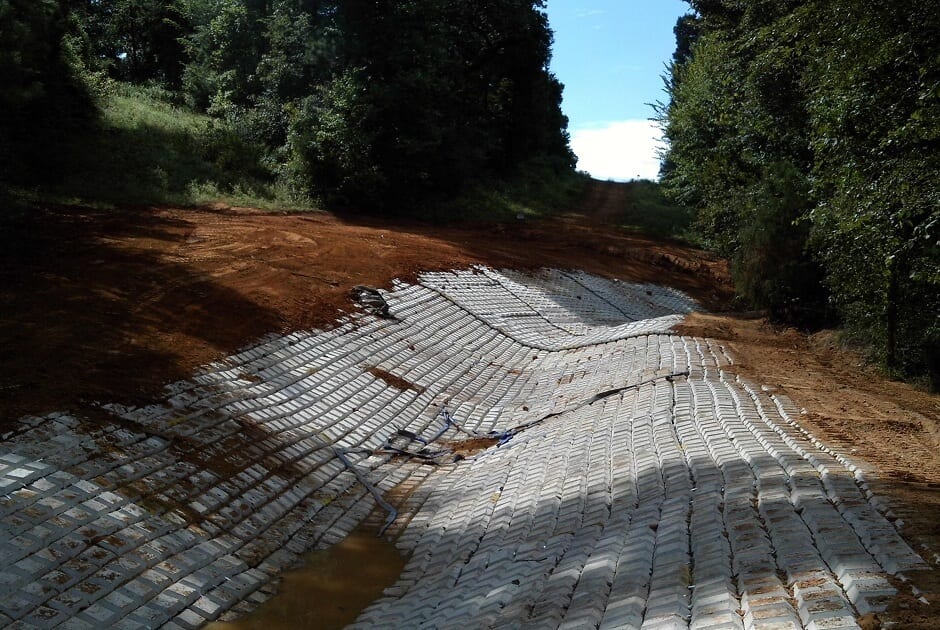Those involved with the oil and gas pipeline industry need to concern themselves with three different types of erosion: onshore pipeline erosion, offshore pipeline erosion, and wind erosion. All three are significant threats to companies concerned about pipeline erosion control. Submar offers numerous products that help to mitigate the risk of erosion. Part One of this blog series will take a more in-depth look at onshore erosion and the products that Submar has to help.
What Is Onshore Erosion?
Onshore erosion refers to the erosion of streambanks, erosion caused by wind, and any erosion that occurs on land rather than under water or offshore. Even when companies are not dealing with bodies of water in the project design, they must still concern themselves with onshore erosion; when digging a trench for a pipeline, an artificial channel is created.
If companies do not take proper precautions, these trenches are prone to runoff, which can expose areas of the pipeline. Companies must make efforts to help protect against onshore erosion when installing new pipes, and Submar offers solutions.
Submar Articulated Concrete Mats
Submar has designed a product specifically to help mitigate the risks of onshore erosion. Submar’s onshore mats are a long-term solution for companies who need to address pipeline exposure on land. Submar onshore mats are unique in that they are flexible concrete. These mats are referred to by any number of names including articulated concrete block revetment mattresses, articulated concrete block mats, articulated concrete mats, and ACBMs. Companies can use them at virtually any job site.
These mats act as a better-designed version of riprap. They improve the benefits of riprap but perform better in streambeds, where the highest shear stresses tend to occur. These mats are a 4.5” thick, making them thin enough to perform well in low-lying areas.
Submar uses cranes to help lay the products down at the bottom of low-lying wetlands or alongside streambanks. Submar operators then use ultraviolet-stabilized copolymer extruded fiber rope to bond the mats in place. Once installed, the onshore mats last for years, providing a continuous system of hard-armor protection.
The mats also perform well over time because they encourage vegetative growth. The more vegetation that grows, the less likelihood there is of sediment runoff because the plant’s roots have taken hold of the underlying dirt.


